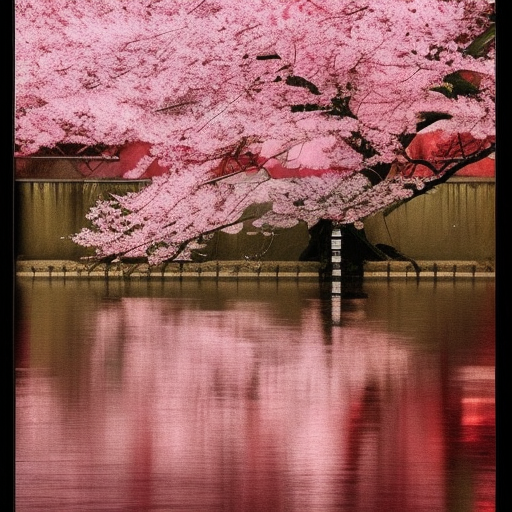Summary of “Sanjuro” by Akira Kurosawa
One-line summary: “Sanjuro” is a thrilling and humorous samurai film directed by Akira Kurosawa, following a wandering ronin who helps a group of young warriors against a corrupt chamberlain.
Main Cast and Crew:
- Director: Akira Kurosawa
- Writer(s): Akira Kurosawa, Ryuzo Kikushima
- Key Actors: Toshiro Mifune as Sanjuro Tsubaki, Tatsuya Nakadai as Hanbei Muroto, Yuzo Kayama as Iori Izaka
- Music Director: Masaru Sato
- Director of Photography: Fukuzo Koizumi
- Producers: Ryuzo Kikushima, Tomoyuki Tanaka
Plot:
Set in 19th-century Japan, “Sanjuro” follows a wandering samurai named Sanjuro Tsubaki, who stumbles upon a group of naive young warriors. The group is planning to overthrow a corrupt chamberlain, Hanbei Muroto, who is manipulating the local government for his own gain. Sanjuro, initially uninterested, becomes intrigued when he realizes that the young warriors’ plan is poorly conceived and doomed to fail.
Sanjuro decides to help the group by using his wit, swordsmanship, and cunning to outsmart their enemies. He advises them to wait for the perfect moment to strike, as they discover that the chamberlain’s men are planning to ambush them. Sanjuro’s strategic thinking and ability to read people’s intentions become invaluable as he navigates through a web of deceit and betrayal.
As the story unfolds, Sanjuro discovers that the chamberlain’s mistress, Nui, is being held captive. He devises a plan to rescue her, further weakening the chamberlain’s hold on power. With each encounter, Sanjuro gains the respect and trust of the young warriors, who learn valuable lessons about honor, loyalty, and the true nature of power.
Themes and Motifs:
“Sanjuro” explores themes of honor, loyalty, and the corrupting influence of power. The film highlights the contrast between the naive idealism of the young warriors and Sanjuro’s pragmatic approach to achieving justice. It also delves into the concept of selflessness, as Sanjuro risks his own life to protect the innocent and uphold his own moral code.
Kurosawa masterfully uses motifs such as rain, shadows, and the sound of a bell to create a sense of tension and foreshadowing throughout the film. These elements enhance the atmosphere and contribute to the overall mood of the story.
Reception and Legacy:
Upon its release in 1962, “Sanjuro” received critical acclaim for its engaging story, memorable characters, and expertly choreographed action sequences. It was praised for its blend of humor and drama, showcasing Kurosawa’s ability to create compelling narratives within the samurai genre.
While “Sanjuro” did not receive any major awards, it solidified Kurosawa’s reputation as a master filmmaker and further cemented Toshiro Mifune’s status as one of Japan’s greatest actors. The film’s influence can be seen in subsequent samurai films and Western adaptations, as well as in the broader action genre.
Recommendation:
“Sanjuro” is a must-watch for fans of samurai films and Akira Kurosawa’s work. With its engaging plot, memorable characters, and expertly crafted action sequences, the film offers a thrilling and entertaining experience. It showcases Kurosawa’s ability to blend humor and drama while exploring complex themes of honor and loyalty.
Memorable Quote:
Sanjuro Tsubaki: “In a fight, you must be careful not to let your opponent see your true strength. If he does, he will be prepared, and you will lose.”












